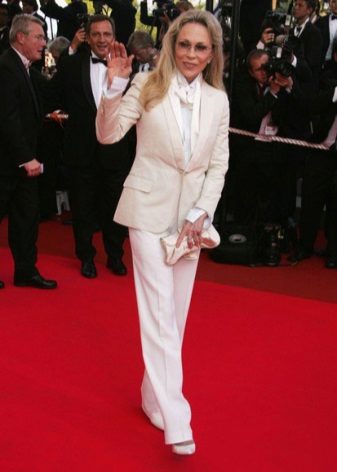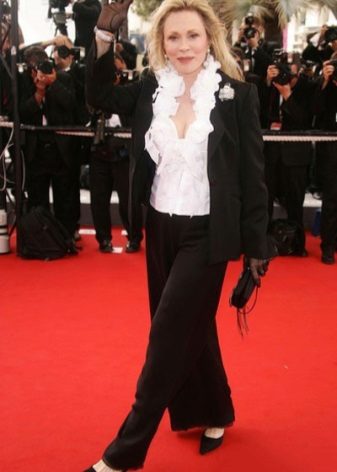An independent movie star, the muse of Kusturica and Polanski, Faye Dunaway is not just an actress, she is the heroine of the time and an icon of style. How the career of the great actress has developed over the years, how work has been adjacent to her personal life, and how the fate of the legendary Bonnie is today, you will learn in our article.

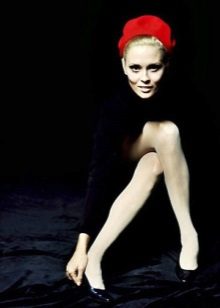
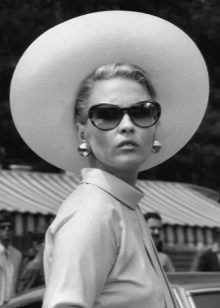
Biography
The future film star was born on January 14, 1941. Faye Dunaway came from a simple family: her father John was a military man, and her mother Grace was a housewife. Faye's childhood took place in constant relocations related to the service of the father of the family. Parents did not live in perfect harmony, and Fay wanted to grow up and leave her dysfunctional home as soon as possible. Fortunately, Faye Dunaway early discovered acting inclinations, and firmly decided to enter the theater department at the university.
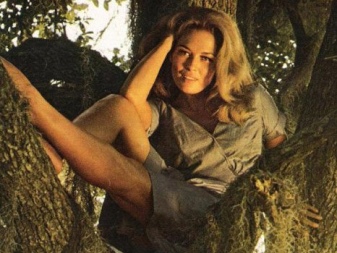
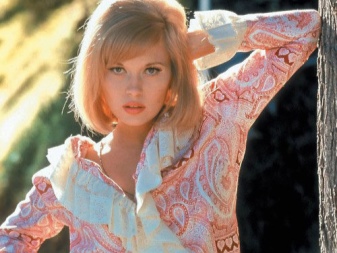
Career
Faye's talents were simply enough for her to easily enter the University of Florida. She graduated from the theater department and in 1962 began working as an actress in the American National Theater. In the same year, Faye Dunaway first appeared on Broadway: in the production of A Man for All Seasons, the actress got the role of the daughter of Thomas More.
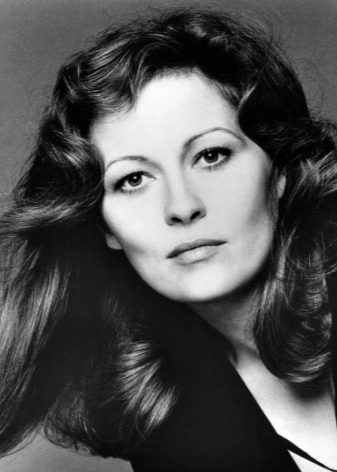
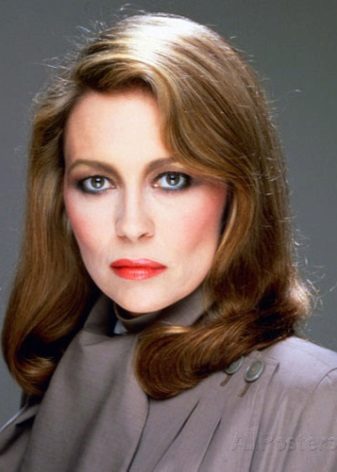
Faye had a permanent job at the theater, but any actress in her youth dreams of acting in films. Therefore, a few years later, Dunaway realized this plan too. 1967 was the starting point of the filmography of the actress. The first films - “Happening” and “Hurry Sunset” - this is an episodic appearance of Fay in the frame, the pictures themselves are unremarkable.
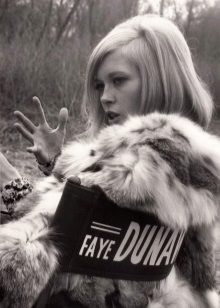
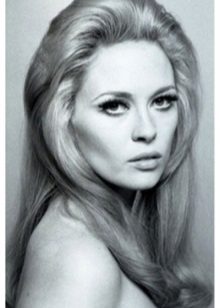
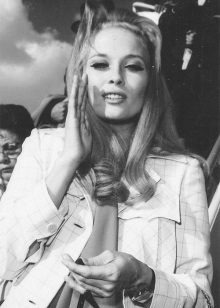

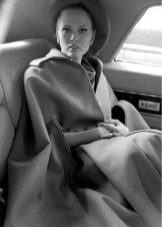
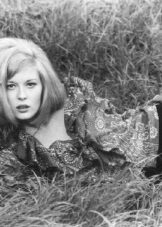
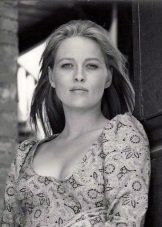
But in the same year, Faye Dunaway managed to get a role that glorified her and forever made her an idol and an icon of style. Faye was approved for the role of gangster Bonnie Parker in the acclaimed film "Bonnie and Clyde."
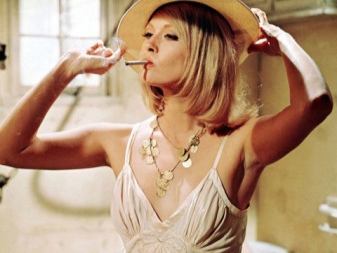
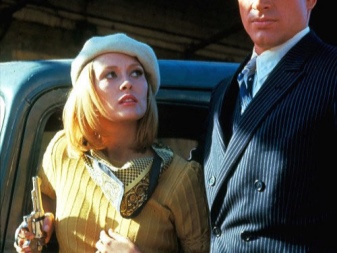
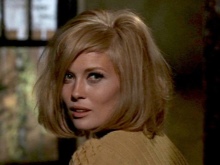
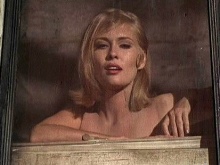
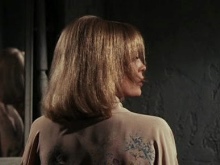
After the release of this picture, Faye Dunaway was covered by a wave of offers: roles in films, photo shoots for popular glossy magazines.In the 1970s, Faye’s film career was on the rise, she received a lot of bright and diverse roles:
- Vicki Anderson in The Thomas Crown Scam (1968);
- Mrs. Louise Pendrake in The Little Big Man (1970);
- Jill in The House Under the Trees (1971);
- Milady in Three Musketeers: Queen's Pendants (1973) and Four Musketeers: Revenge of the Milady (1974);
- Evelyn Mulray in Chinatown (1974);
- Diana Christensen in The Television Network (1976);
- Wanda in “Drunk” (1987);
- Elaine Stalker in The Arizona Dream (1993);
- Wilhelmina Cooper in "Gia" (1998).
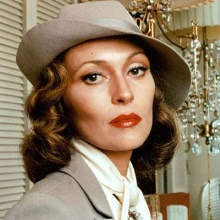
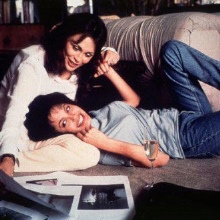
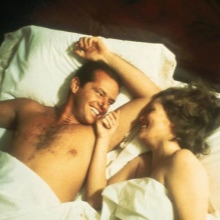
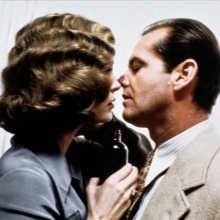
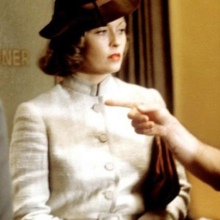
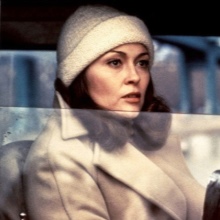
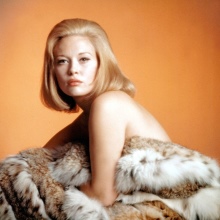
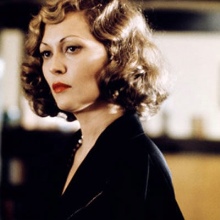
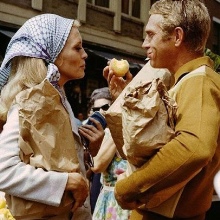
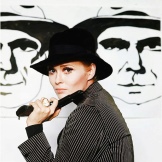
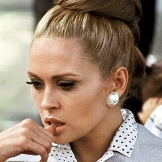
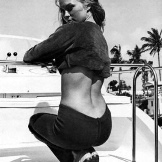
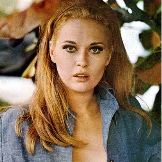
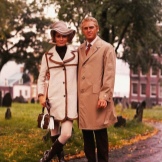
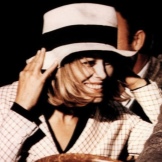
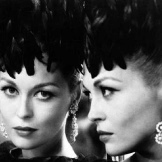
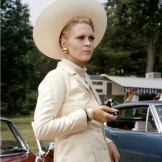
In the 80s there was a slight decline in the popularity of Faye Dunaway among directors. The part in the unsuccessful picture is to blame - the aging actress Joan Crawford cannot reconcile herself to the decline of her career (the biographical film "Dear Mommy"). The role slightly spoiled Faye's reputation: the actress received the infamous Golden Raspberry Award. However, this “fly in the ointment" was fully compensated by all the other services of Dunaway in the cinema - several Golden Globes, one honorary Oscar and many nominations.
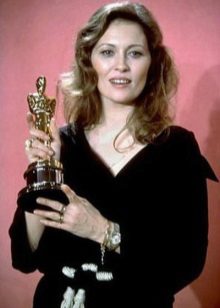
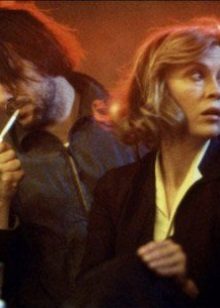

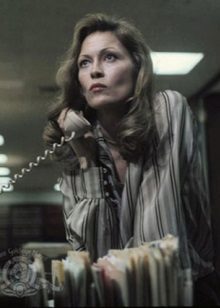
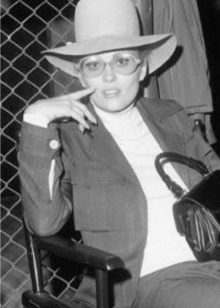
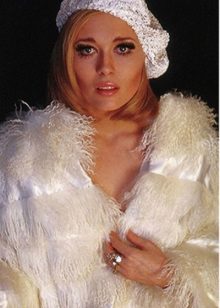
Personal life
The alluring beauty and the power of charm of Faye Dunaway always attracted a lot of interesting and bright boyfriends to the actress. One of them was Marcello Mastroiani - the star of Italian cinema. At the time of the meeting, Marcello and Fay, the actor was already married. The lovers met secretly for some time, but when Faye realized that Mastroiani did not intend to leave his wife, the couple fell apart.
After this sad experience, Faye did not break her rigid rule anymore: do not mix work and personal life. The actress was married twice. The first husband of the film star was Peter Wulf - guitarist of the rock band Geils Band. Fay fell in love with him at first sight, when one day she accidentally fell into a rock concert. So two bright stars from two different worlds met, converged and lived together an extravagant and very short joint story - only five years.
The second husband of Dunaway was Terry O’Nill - a famous British photographer. This union did not last long either - seven years. In 1980, the couple had a son, Liam, in 1987, Terry and Faye divorced.
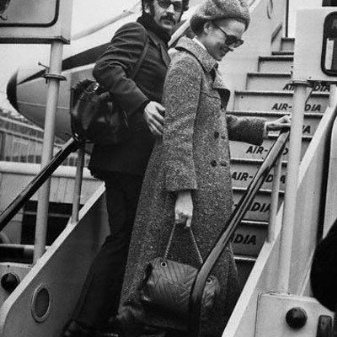
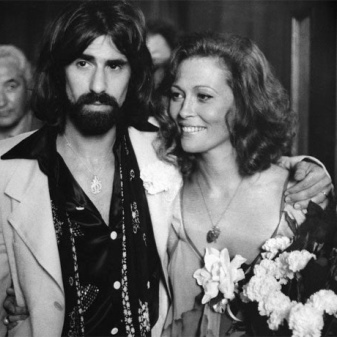
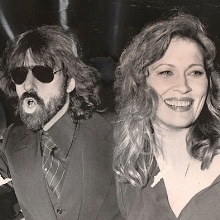
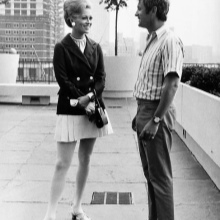
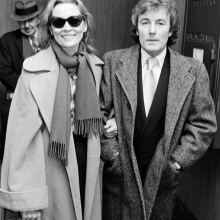
After all the failures in her personal life, Dunaway decided to lock her heart. Any relationship that the actress had after the second divorce was positioned as a passing hobby, which she was in a hurry to notify her partner about first thing. In her autobiographical book, “Waiting for Gatsby,” the actress outlined all the love experiences of her life. It is amazing how sometimes fate plays its own evil rock: unlike real life, on the screen Dunaway was always very lucky in love.
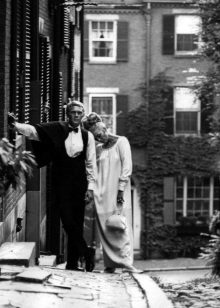
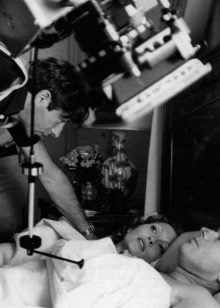
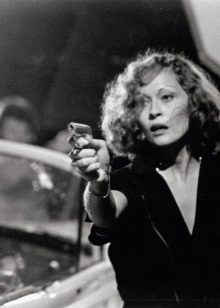

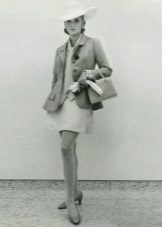
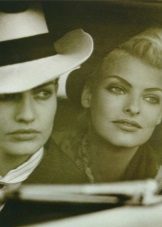
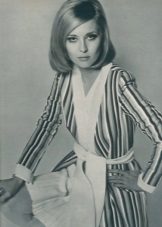
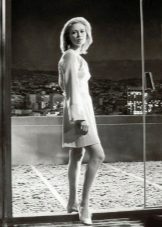
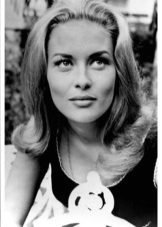
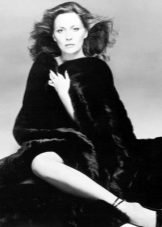
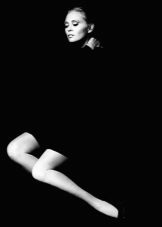
Actress today
Since the 1990s, the actress appears less and less in films. In 1996, a star appeared on the Hollywood Walk of Fame perpetuating the name Faye Dunaway. The last time on the screen Fay appeared in 2009, in the film "Ballad" with a cameo role. The actress leads a modest and closed lifestyle. Once recognized as one of the most beautiful women of the XX century, today Fay understands that years take their toll, and tries not to appear in public if possible.
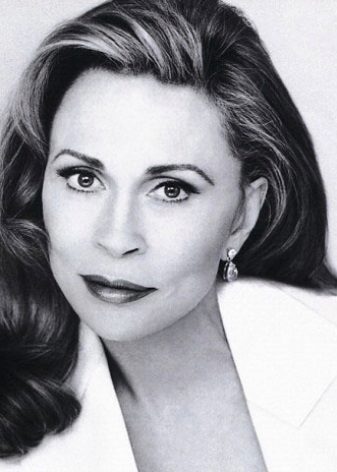
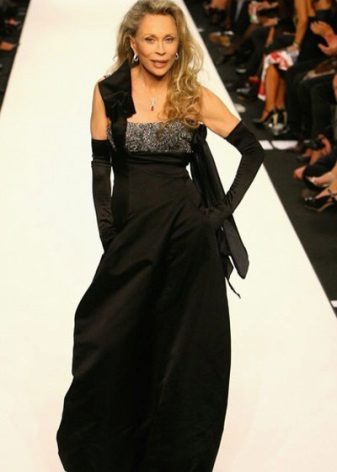
Faye Dunaway Style
To the cinema
After the release of the film “Bonnie and Clyde” on the screens, Faye Dunaway involuntarily popularized the image embodied by her on the screen. Smooth bob, neck scarf and beret, shifted to one side became the main trends of a decade. Many designers began to introduce such attributes into their collections, photographers conducted photo sessions in the style of Bonnie and Clyde specifically for publications in fashionable glossy magazines. Even today, such photo shoots are in great demand.
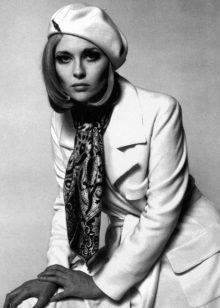
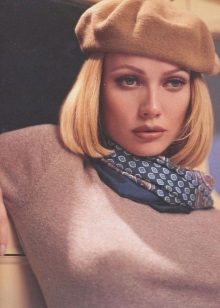
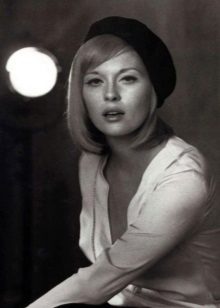
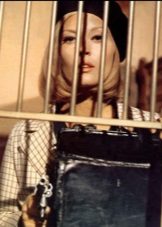
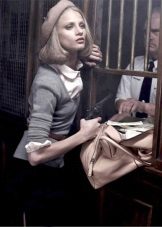
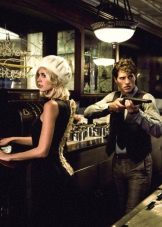
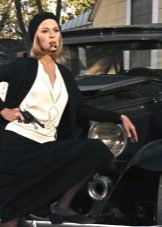
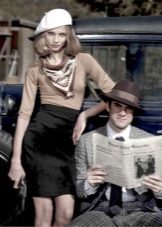
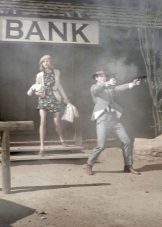
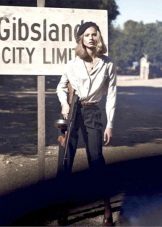
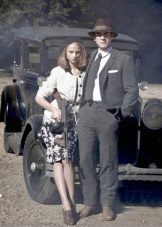
In life
It is worth noting that Faye Dunaway secured in Hollywood the glory of a woman with a difficult character, but at the same time very sexy. And these character traits perfectly complemented and completed her clothing style. In the wardrobe of Faye, two extremes always opposed: fragile and touching ensembles coexisted in the arsenal of the actress with powerful and aggressive images. Along with luxurious dresses, Fay liked to flaunt in formal suits borrowed from the masculine style.
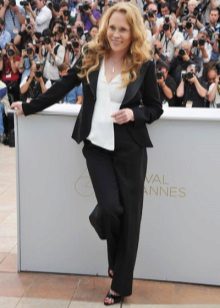
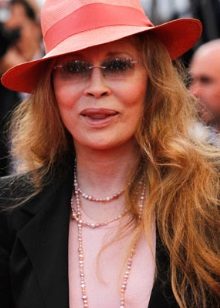
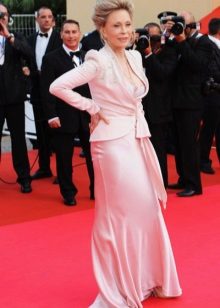
If you analyze the style that the actress demonstrated in her youth, especially at the peak of her film career (1970-1980), you can find there are many sets or individual elements that are relevant today. For example, these are casual-style looks embodied with white chinos and sand-colored turtlenecks, or a denim suit - pants with a slightly flared cut and a jumper. Such sunglasses will also look very original and appropriate.
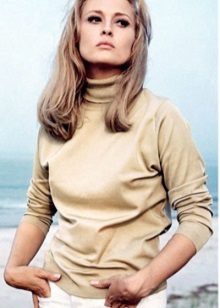
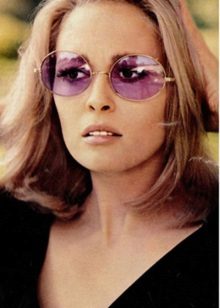

As for color preferences, the actress very often appeared in public in black, black and white, pink or coral outfit. In her youth she could afford to demonstrate the preppy style. Could wear plain outfits or two-tone. It could be a simple black turtleneck decorated with silver chains and pendants, or it could be an insidious mini-skirt balanced by a strict cloak. In adulthood, Fay switched to a restrained classic.
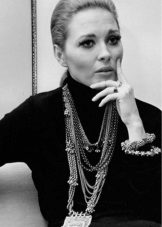
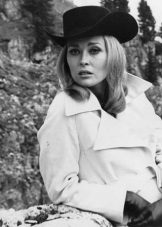
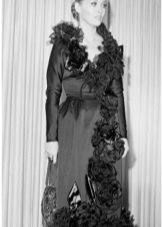
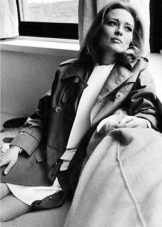
At one time, in numerous photo shoots, Faye Dunaway showed a lot of amazing beauty bows: this is the image of a naughty girl-kid, and doll makeup, and the best examples of the style of a vamp woman.
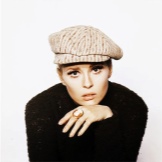
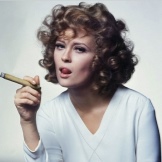
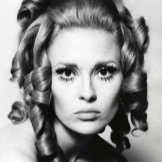
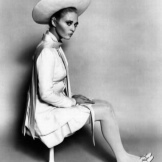
Even in recent years, when the actress is already over 70, Faye still demonstrates the high style and ability to create amazing images. So, at one of the social events, Dunaway appeared in a stunning dress: floor length, a combination of velvet and transparent chiffon, an elegant clutch and high gloves - all in the spirit of a true lady.
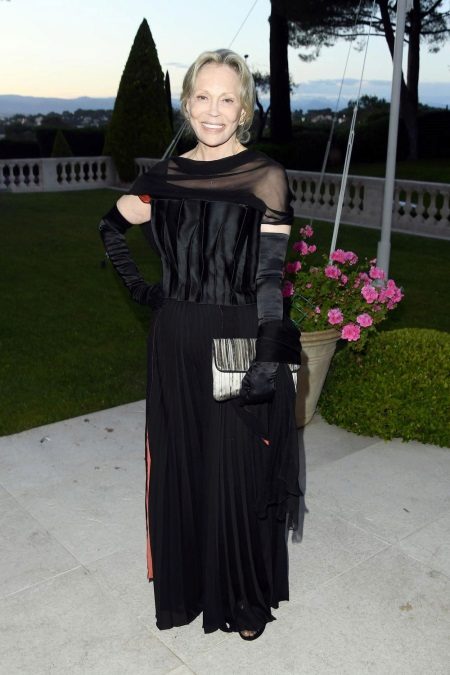
Another option is a pantsuit. The first is a combination of white and pastel, the second is a black and white set with a luxurious shirt that has a deep neckline decorated with flounces. Both trouser sets invariably complete the classic boats in the ensemble gamut.
